Introduction: What Makes the Kerala Backwater Tour Special
The Kerala backwater tour is not just a travel plan—it’s an experience shaped by silence, water, and time. Lined with coconut trees and village life, these backwaters stretch over 900 kilometers across the state, creating a unique water world. Unlike the busy beaches or crowded cities, this part of Kerala offers a slower rhythm. It is where narrow canals link to wide lakes, where houseboats glide, and where life moves gently, carried by water.
This article takes you deep into the essence of a Kerala backwater tour. From Alappuzha to Kumarakom, we’ll look at houseboat stays, local food, best routes, and travel tips—everything you need to understand this peaceful journey.
The Backwater Region: Nature’s Quiet Design
The backwaters of Kerala are a network of lagoons, lakes, rivers, and canals running parallel to the Arabian Sea coast. The main stretch runs through regions like Alappuzha (Alleppy), Kumarakom, Kollam, and Kasaragod. This system is formed by rivers such as Pamba, Meenachil, and Achankovil.
What makes these backwaters special is their connection to local life. Villagers use small wooden canoes for transport. They grow rice on the edge of the water. Children go to school in boats. In this region, the backwater is not just a place for tourism—it is the lifeline of local culture and survival.
Houseboats: The Floating Homes of Kerala
No Kerala backwater tour is complete without a houseboat experience. Locally called “Kettuvallam,” these boats were once used to carry rice and spices. Now, they’re converted into cozy floating cottages. A typical houseboat has a bedroom, living area, bathroom, kitchen, and even a small deck. Some come with air conditioning, chefs, and large glass windows to watch the view go by.
Staying on a houseboat is more than just sleep and food. It’s about drifting on water while you see paddy fields, birds, temples, and fishermen casting nets. You wake up to the sound of water lapping and sleep to the soft hum of the breeze. It’s comfort, quiet, and closeness to nature—all in one place.
Top Routes for a Kerala Backwater Tour
1. Alappuzha Backwaters
Often called the “Venice of the East,” Alappuzha offers the most famous and widely chosen route. Its wide canals and direct access to Vembanad Lake make it ideal for overnight stays. You’ll pass by green rice fields, toddy shops, and peaceful villages.
2. Kumarakom Backwaters
This route is more laid-back. It is located near the Kumarakom Bird Sanctuary and is ideal for bird lovers. The scenery is more open, and the area is known for luxury houseboats and quiet corners.
3. Kollam to Alappuzha Route
For those with time, this is the longest houseboat trip—about 8 hours long. This route passes through untouched stretches of water, making it perfect for photography lovers and those looking to experience the raw backwater beauty.
4. Kasaragod Backwaters
Less commercial, this northern route includes the Chandragiri and Valiyaparamba backwaters. It’s a great option if you’re looking for a less-touristy and more natural experience.
Local Life Along the Water
The Kerala backwater tour is also a window into the life of people who live by the canals. You’ll see women washing clothes at the edge of the water, kids waving as they paddle to school, and men guiding narrow canoes through narrow paths.
Life here is slow and simple. People grow coconut, bananas, and rice. Small temples rise by the banks. Ducks float in lines. Locals catch fish with nets and cook spicy dishes in clay pots. As a visitor, this is your chance to experience real Kerala—not just as a tourist but as a silent observer of their everyday rhythm.
What to Eat on the Kerala Backwater Tour
Food is a major part of the backwater experience. Most houseboats offer freshly cooked meals made from local ingredients. Expect dishes like:
- Karimeen Pollichathu – Pearl spot fish marinated with spices, wrapped in banana leaf, and grilled
- Chemmeen Curry – Prawns cooked in coconut milk with curry leaves
- Avial – A mix of vegetables in coconut paste
- Kappa and Meen Curry – Tapioca with spicy fish curry
The use of coconut oil, curry leaves, and fresh spices gives the cuisine its distinct flavor. Most houseboats also serve banana chips, jaggery-based desserts, and traditional filter coffee.
Best Time to Take the Kerala Backwater Tour
The ideal time for a Kerala backwater tour is between October and March. The weather during these months is cooler, skies are clear, and the humidity is low. Houseboats operate year-round, but the monsoon season (June to September) can be tricky due to heavy rains, although the greenery during this time is unmatched.
During Onam (August–September), many regions also organize traditional boat races. Watching dozens of long snake boats glide together with rowers in perfect sync is a memory that stays with you.
Travel Tips for a Smooth Tour
- Book in Advance: Kerala backwater tour slots, especially in Alappuzha, fill fast in the winter season. Booking in advance gives you better options.
- Check Houseboat Ratings: Not all boats are the same. Look for licensed operators and good reviews.
- Pack Light but Right: Carry light cotton clothes, sunglasses, insect repellent, and a good camera.
- Stay One Night Minimum: Day cruises are nice, but overnight stays give you the real feel of the backwaters—especially the peaceful evenings and early mornings.
- Respect Local Customs: Dress modestly if you get off at village stops. Always ask before clicking pictures of people.
Why the Kerala Backwater Tour Is Worth It
This journey is not for thrill-seekers or those rushing from one site to another. It’s for those who value quiet. It’s for people who want to hear the call of a kingfisher, watch water ripple under coconut trees, or sip tea on a deck while the sun sets in pink.
In a world that’s constantly running, the Kerala backwater tour teaches you to pause. It’s the rare kind of trip where stillness becomes the main attraction. You won’t return with bags of souvenirs, but you will carry back something else—calm.
Sustainable Travel in the Backwaters
With tourism growing in Kerala, protecting the backwaters is more important than ever. Responsible travelers can help by:
- Choosing eco-certified houseboats that use solar power or avoid plastic.
- Avoiding throwing waste in the water.
- Supporting local businesses by buying handmade crafts or eating at small family-run outlets.
- Not disturbing wildlife or overstepping into private village spaces.
Backwaters are not just for us to enjoy—they are ecosystems that support birds, fish, plants, and people. A mindful Kerala backwater tour means enjoying without harming.
Conclusion: A Quiet Story Told by Water
The Kerala backwater tour doesn’t shout. In this part of India, the journey isn’t measured by how many places you visit, but by how deeply you feel them.
So if you’re someone looking for meaning in quiet corners, the Kerala backwaters are waiting. Not to impress, but to gently remind you that sometimes, the most beautiful things move slowly.



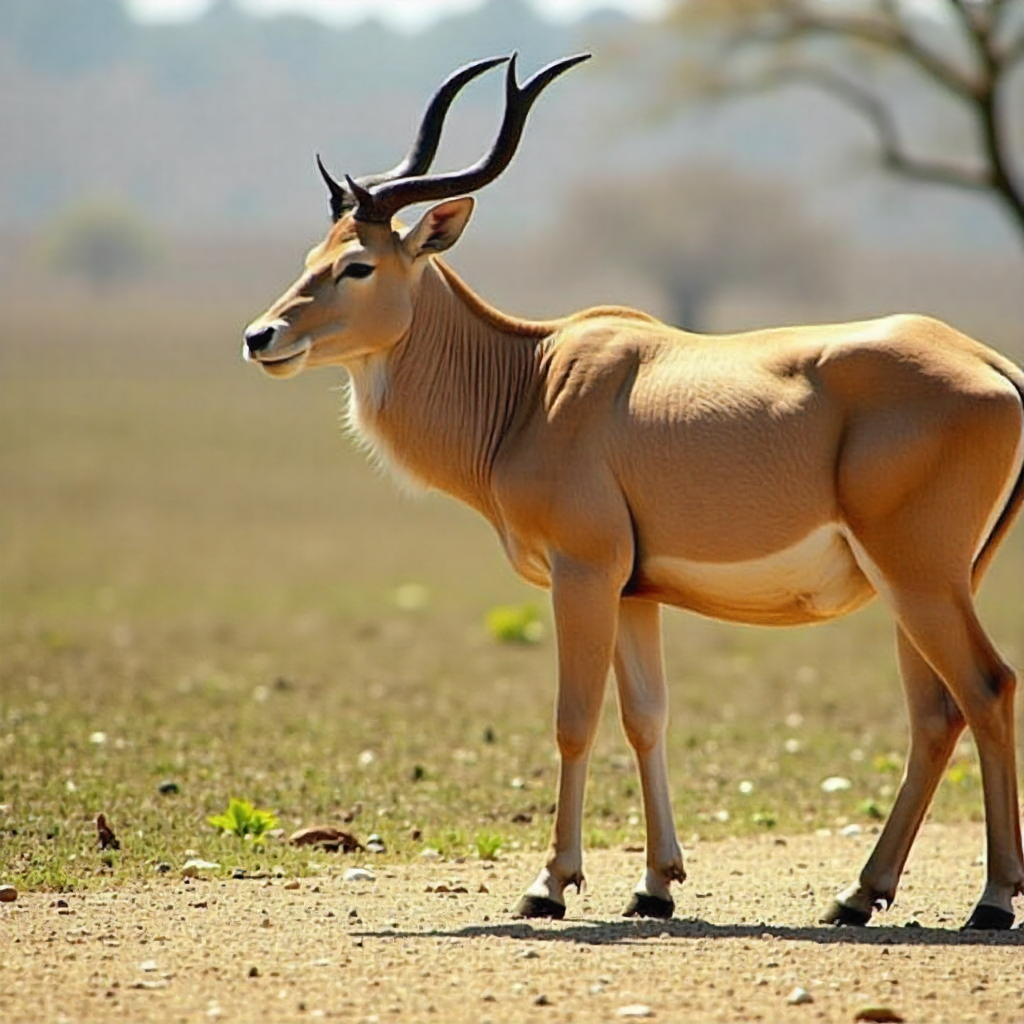
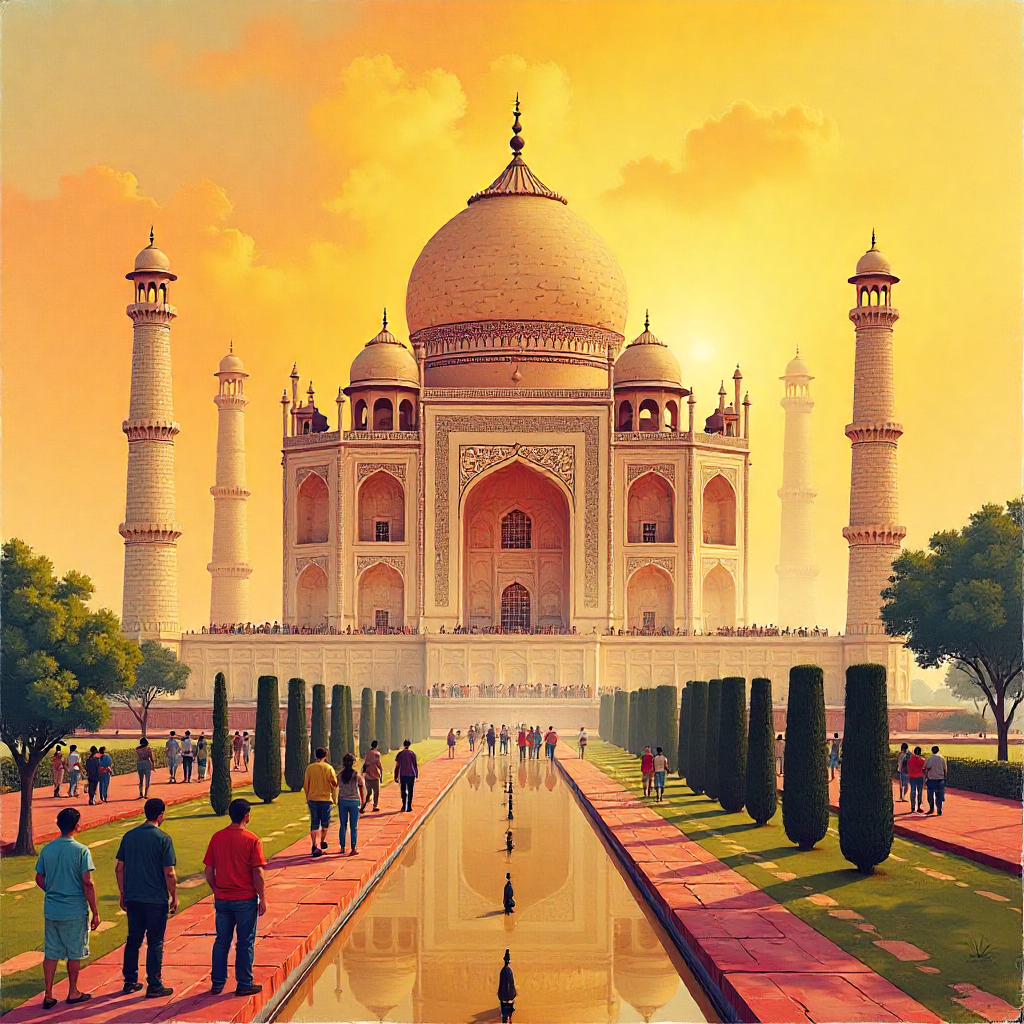

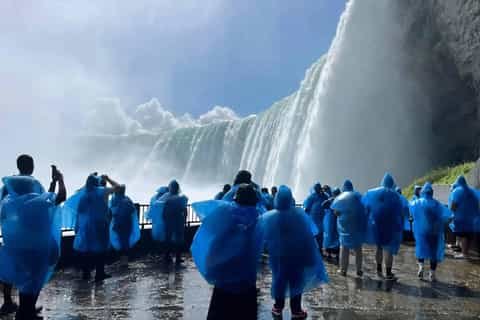
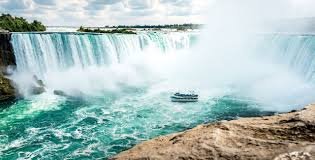
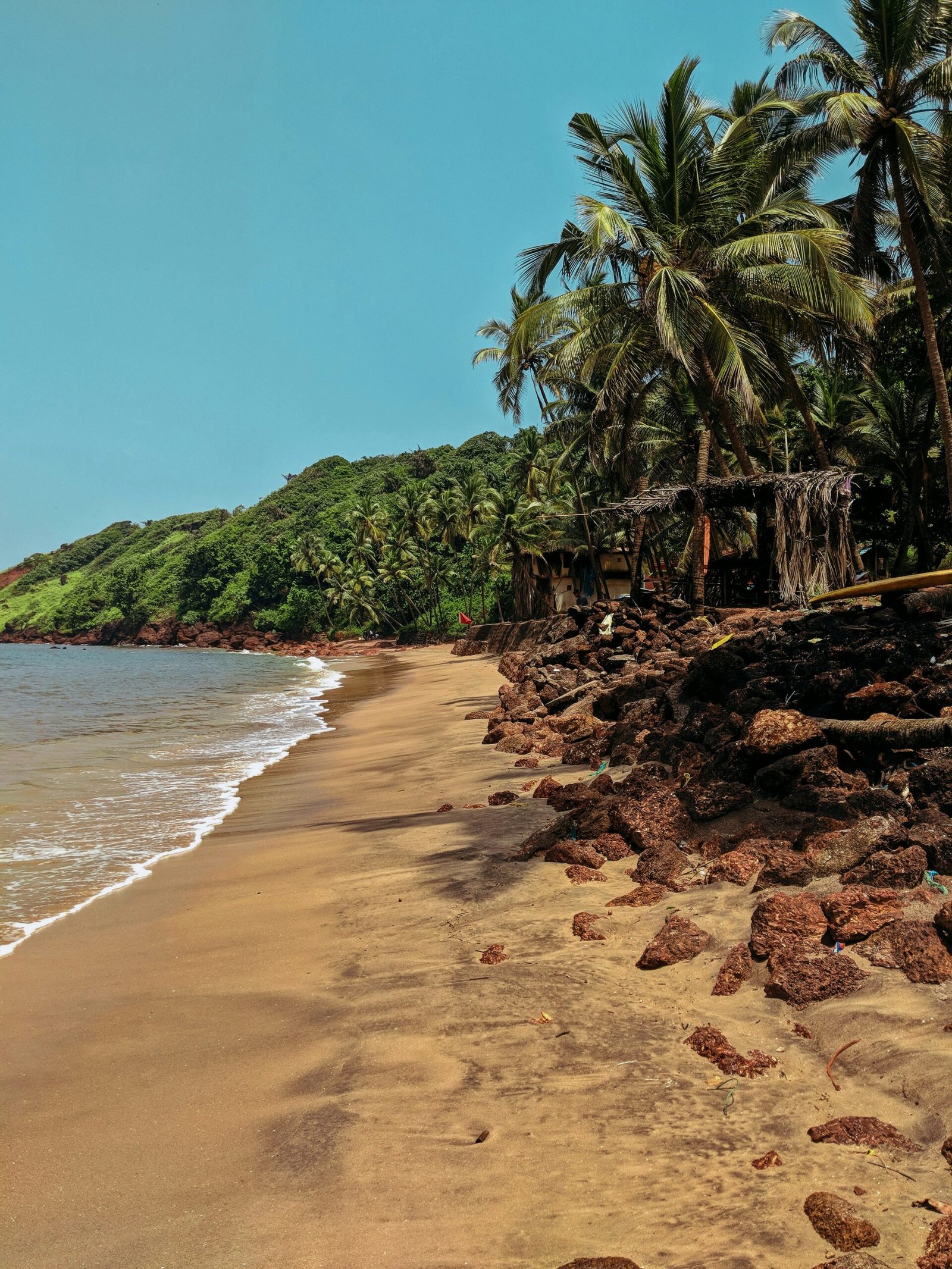

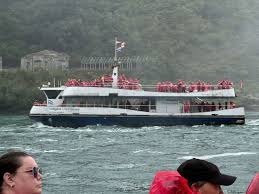
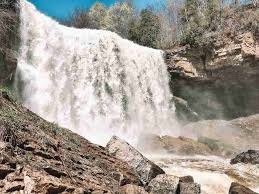




Leave a Reply